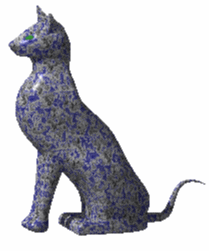 |
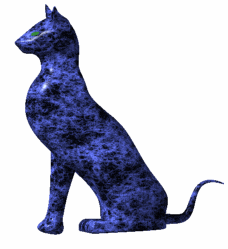 |
|
Rendered image with Blue Onyx |
Rendered image with Rock |
-
Right-click the Blue Onyx material in the specification tree then Properties (or press Alt+Enter).
-
Access the Texture tab then select Rock in the Type list. You can also click the Ray Traced Preview
 button to display a preview of the material texture:
button to display a preview of the material texture: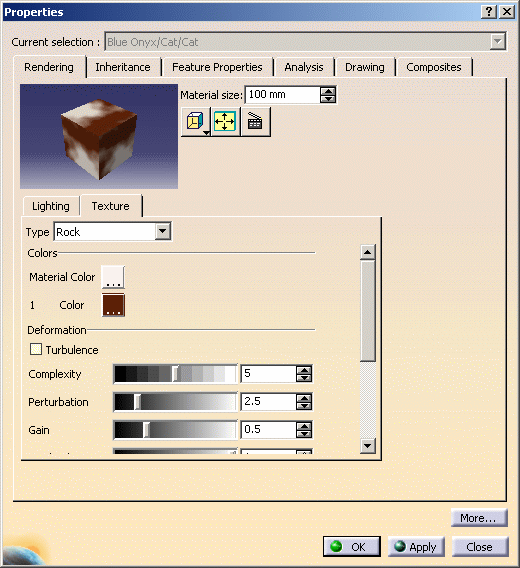
When a 3D texture is selected, the corresponding texture image is projected onto the object in the geometry area so that you can get a better idea of the final result: 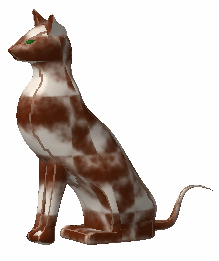
However, note that: - the projected image does not reflect exactly what you get when rendering the image
- the texture has a low resolution in order not to deteriorate performance and as a consequence, the image projected onto the object may sometimes be pixellised.

You can also choose a mapping type but do not forget that this mapping is relevant for real time display only, it has no impact when computing the rendered image.
Refer to Mapping Types for detailed information. -
The Colors area lets you define two lighting color effects:
- Material color: corresponds to the "background" color of the object
- Color 1: corresponds to the color to which the material color changes gradually
Click the desired color square to open the Color chooser then select the color to apply.
-
The Deformation area lets you define noise parameters. Refer to Noise Parameters for detailed information.
-
The Bump area lets you define an Amplitude value to add a lighting surface effect to the object.
You can use the slider or enter a coefficient value comprised between -10 and 10:
- 0 means no bump effect
- 10 means that bright colors appear above dark colors
- -10 means that dark colors appear above bright colors.
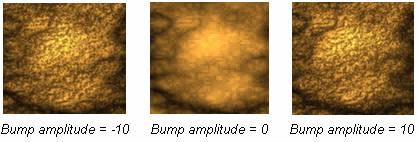
-
Use the Transformation area to adjust the mapped texture:

- Scaling: stretches the texture along X, Y, and Z axes
- Rotation: rotates the texture around X, Y and Z axes
- Translation: translates the texture along X, Y and Z axes.
-
Click OK to validate.
![]()